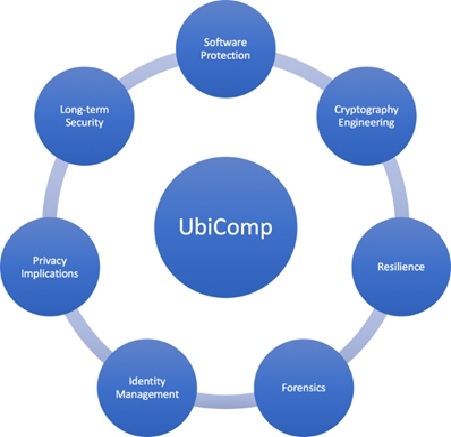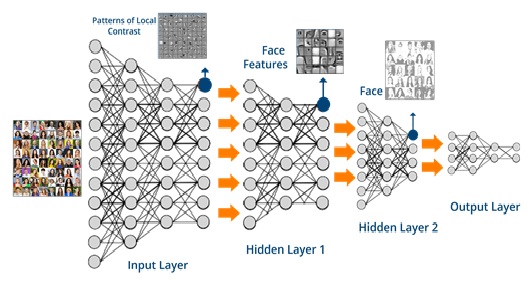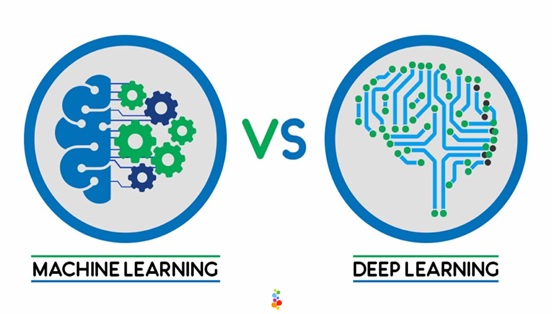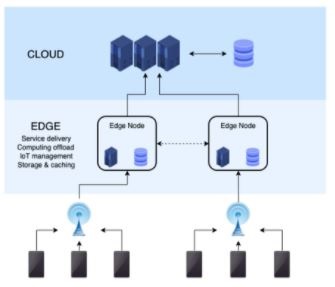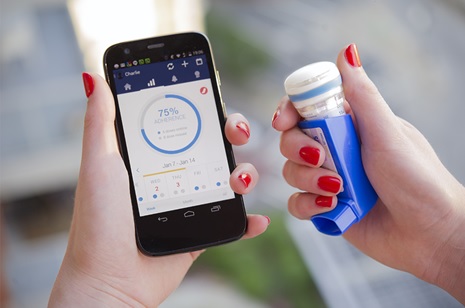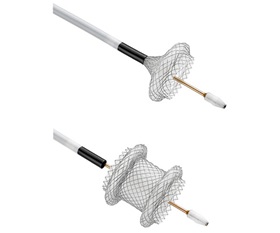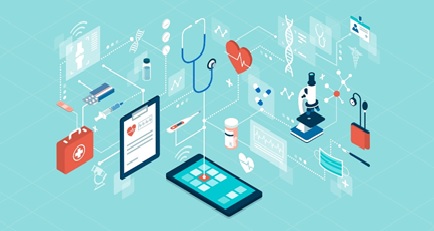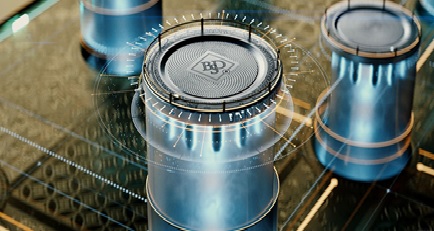NASA Technology May Soon Help Your Car Predict Traffic Surprises
NASA’s DRF: Enabling Smarter, Predictive Transportation
NASA’s Data & Reasoning Fabric (DRF) is revolutionizing how machines across different industries share data securely, enabling smarter decision-making and transforming everyday travel into a predictive, coordinated experience.
Predictive cars through intelligent communication
Imagine vehicles that don’t just react to immediate surroundings but anticipate what’s ahead by exchanging real-time data with road signs, weather systems, and other cars. This vision is becoming a reality thanks to drf, a cutting-edge framework initially developed for autonomous drones. Now, it is being adapted for ground transportation, enhancing safety and efficiency through seamless system collaboration.
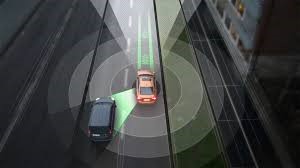
Figure 1.Car Predict Traffic.
Smarter Roads Through Connectivity
What if your car could communicate with traffic lights, nearby vehicles, and road infrastructure? Real-time data exchange would allow your car to anticipate obstacles, such as a slowing truck or an upcoming red light [1]. It could also guide you to the nearest charging station or prepare your vehicle for changing weather conditions, like rain or fog.
For this level of intelligent travel to work, various private and public systems must securely share data while ensuring privacy and efficiency. DRF is the key to bridging these systems, enabling a safer, more intuitive transportation experience. Figure 1 shows car predict traffic.
NASA’s DRF: Enabling Seamless Autonomous Collaboration
NASA’s Data & Reasoning Fabric (DRF), developed at Ames Research Center, is a powerful software framework designed to enable secure data sharing and intelligent decision-making across various systems. Originally created for autonomous drones, DRF is now being adapted for connected transportation, mining, and even lunar operations.
By facilitating real-time communication between different technologies, DRF can help vehicles anticipate traffic changes, improve logistics for medical deliveries, and enhance coordination in industries like mining [2]. It ensures autonomous systems from different manufacturers work together efficiently, creating safer and more effective operations.
As autonomy expands across Earth and beyond, DRF is poised to harmonize these technologies—ensuring everything moves in sync toward a smarter, more connected future.
Reference:
- https://scitechdaily.com/your-car-may-soon-anticipate-traffic-surprises-thanks-to-nasa/
- https://www.nasa.gov/centers-and-facilities/ames/how-nasas-autonomy-choreography-will-impact-advanced-technologies/
Cite this article:
Keerthana S (2025),NASA Technology May Soon Help Your Car Predict Traffic Surprises , AnaTechMaz, pp. 340




